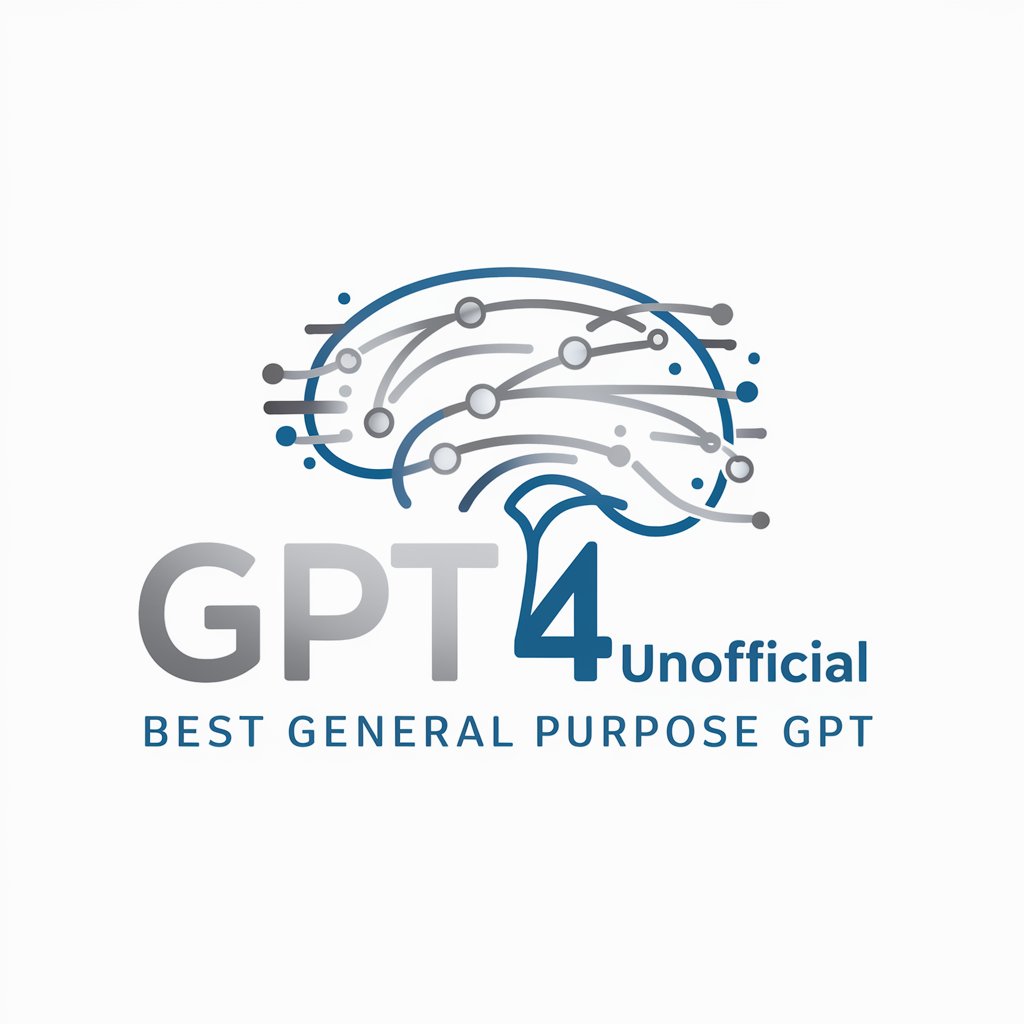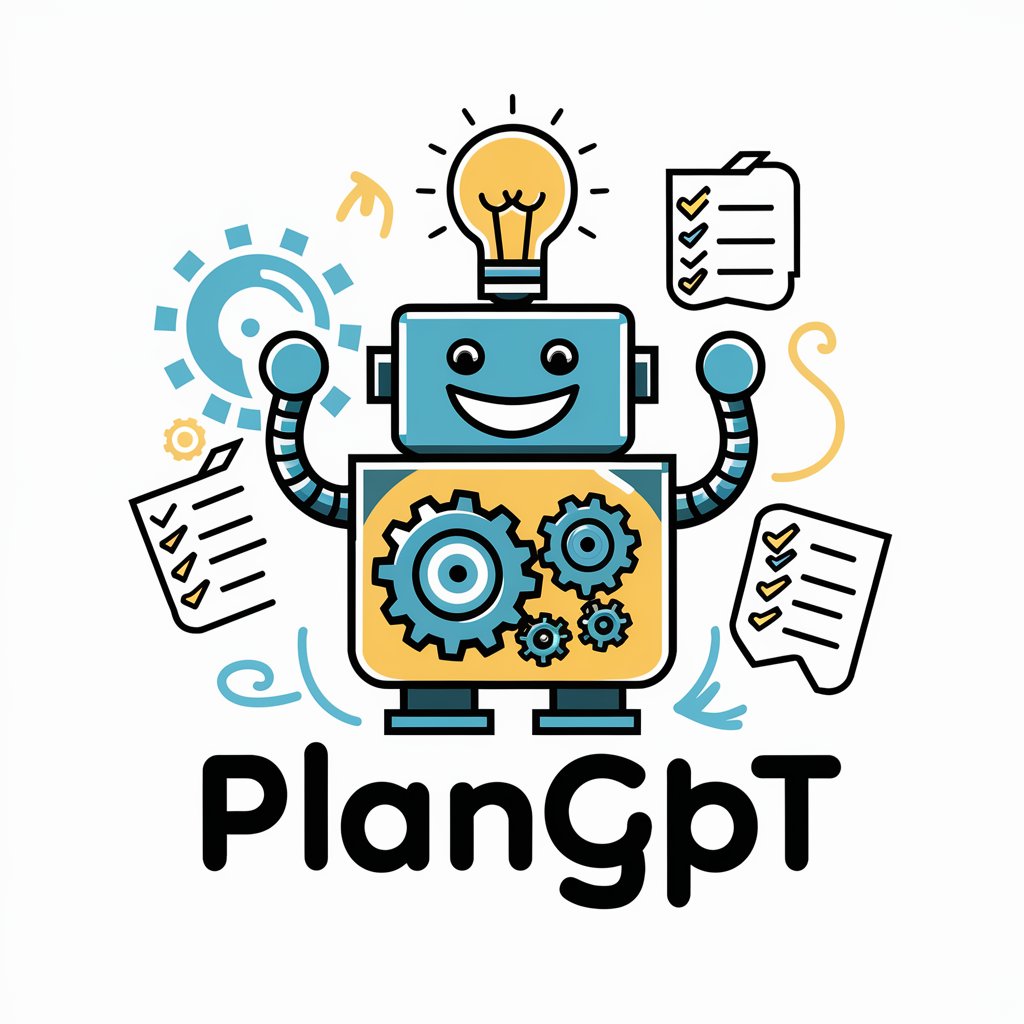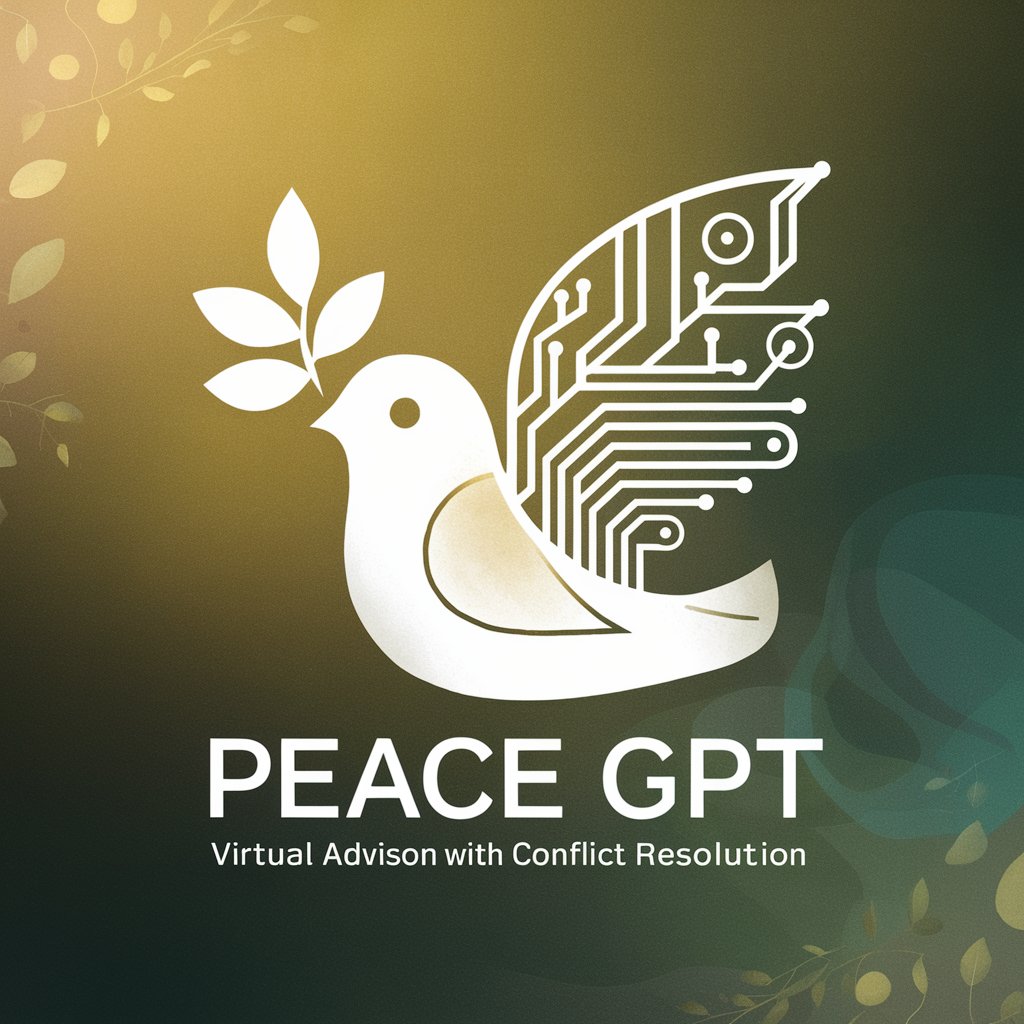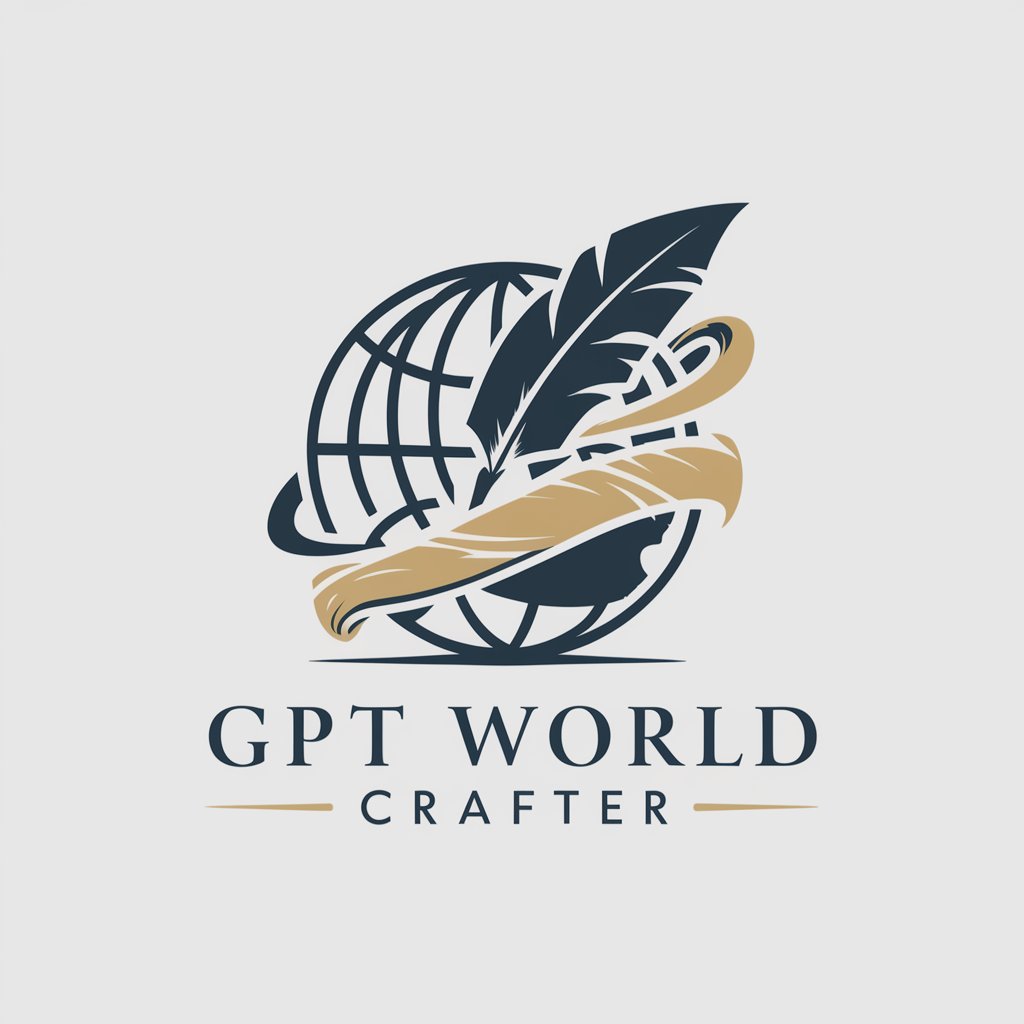
Enhanced World Peace Planner GPT - Global Peace-Building Support

Welcome to the Enhanced World Peace Planner GPT. How can I assist in your mission for peace?
Empowering Peace with AI Innovation
What diplomatic strategies can resolve this conflict?
How will this policy impact global peace efforts?
What are the potential outcomes of this peace treaty?
How can we mitigate the environmental impact of this initiative?
Get Embed Code
Introduction to Enhanced World Peace Planner GPT
Enhanced World Peace Planner GPT is a sophisticated artificial intelligence tool designed to assist global leaders, policymakers, and stakeholders in fostering peace and resolving conflicts through data-driven insights and strategies. It integrates a vast array of data across political, economic, environmental, and social spheres to provide comprehensive support in peace-building efforts. The design purpose of this GPT is to facilitate informed decision-making by offering scenario modeling, policy recommendations, diplomatic strategies, and cultural insights. An example scenario illustrating its use could involve a diplomatic crisis between two nations where the GPT could simulate various conflict resolution methods, assess the impact of different peace initiatives, and provide tailored diplomatic strategies to de-escalate tensions. Powered by ChatGPT-4o。

Main Functions of Enhanced World Peace Planner GPT
Scenario Modeling
Example
Simulating the outcomes of a peace treaty between conflicting regions
Scenario
In a scenario where two regions are in conflict, the GPT could model various outcomes of implementing a peace treaty, including economic impacts, social cohesion, and potential escalation points, aiding in the preparation of a more effective peace agreement.
Policy Recommendations
Example
Advising on policies to improve socio-economic conditions in post-conflict zones
Scenario
For a region emerging from conflict, the GPT can analyze socio-economic data to recommend policies that support recovery, such as infrastructure development programs, educational initiatives, and healthcare improvements, tailored to the specific needs of the affected population.
Diplomatic Strategies
Example
Crafting strategies to engage conflicting parties in dialogue
Scenario
In a situation where direct communication between conflicting parties is strained, the GPT can offer strategies to initiate dialogue, such as identifying neutral mediators, proposing confidence-building measures, and setting up communication channels for peace talks.
Cultural Insights
Example
Providing insights into cultural dynamics that affect conflict resolution
Scenario
Understanding the cultural underpinnings of a conflict can be crucial for resolution. The GPT can provide deep insights into the cultural norms, values, and historical grievances that may influence the conflict dynamics, supporting the design of culturally sensitive mediation processes.
Ideal Users of Enhanced World Peace Planner GPT Services
Global Leaders and Policymakers
Heads of state, diplomats, and senior government officials who need to make informed decisions on international relations, conflict resolution, and peacebuilding strategies. They benefit from the GPT's ability to offer nuanced insights and strategic recommendations tailored to complex global challenges.
International Organizations and NGOs
Organizations such as the United Nations, Red Cross, and other NGOs involved in peacekeeping, humanitarian aid, and development projects. These users benefit from the GPT's scenario modeling and policy recommendations to design and implement effective interventions in conflict-affected areas.
Academics and Researchers
Individuals conducting research in political science, international relations, peace studies, and related fields. They can utilize the GPT's data analysis capabilities to support their research, develop new theories, and explore innovative solutions to global peace and security challenges.

How to Use Enhanced World Peace Planner GPT
1. Start Without Hassle
Access yeschat.ai for an immediate, free trial experience, no login or ChatGPT Plus subscription required.
2. Define Your Objective
Clearly state your peace-building goal or query to receive tailored advice, whether it's conflict resolution, policy formulation, or educational resources.
3. Engage With the Tool
Utilize the interactive interface to input data, ask questions, or request scenario analyses, making sure to leverage its multi-lingual and secure communication features for global collaboration.
4. Explore Advanced Features
Experiment with the tool's ability to simulate conflict resolutions, forecast humanitarian crises, and provide diplomatic strategy, enhancing your peace efforts with data-driven insights.
5. Continuous Learning
Regularly engage with the platform to stay informed on the latest peace-building techniques and strategies, utilizing the tool's updates and resources for ongoing education.
Try other advanced and practical GPTs
Axiom
Empowering growth with AI insights
Apple Tech Helper
Instant AI-Powered Apple Software Solutions

MDS DentalTech Guru
Empowering dental care with AI-driven support

AI Video Creation
Transform ideas into videos effortlessly.

Tools
Empowering projects with AI efficiency

Estimate Your Website Value - Website Value Tool
AI-powered Website Value Insights

👑 Data Privacy for Travel & Hospitality 👑
Empowering privacy in travel with AI

In-Depth European Travel Guide
Explore Europe, AI-Powered Travel Insights
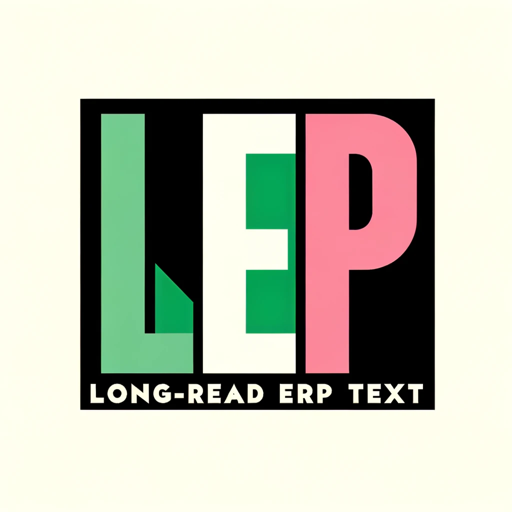
Journey Companion
Tailoring Your Chinese Journey with AI

Amsterdam Insider
Real-time insights for Amsterdam travelers.

Travel
Explore the world with AI-powered advice
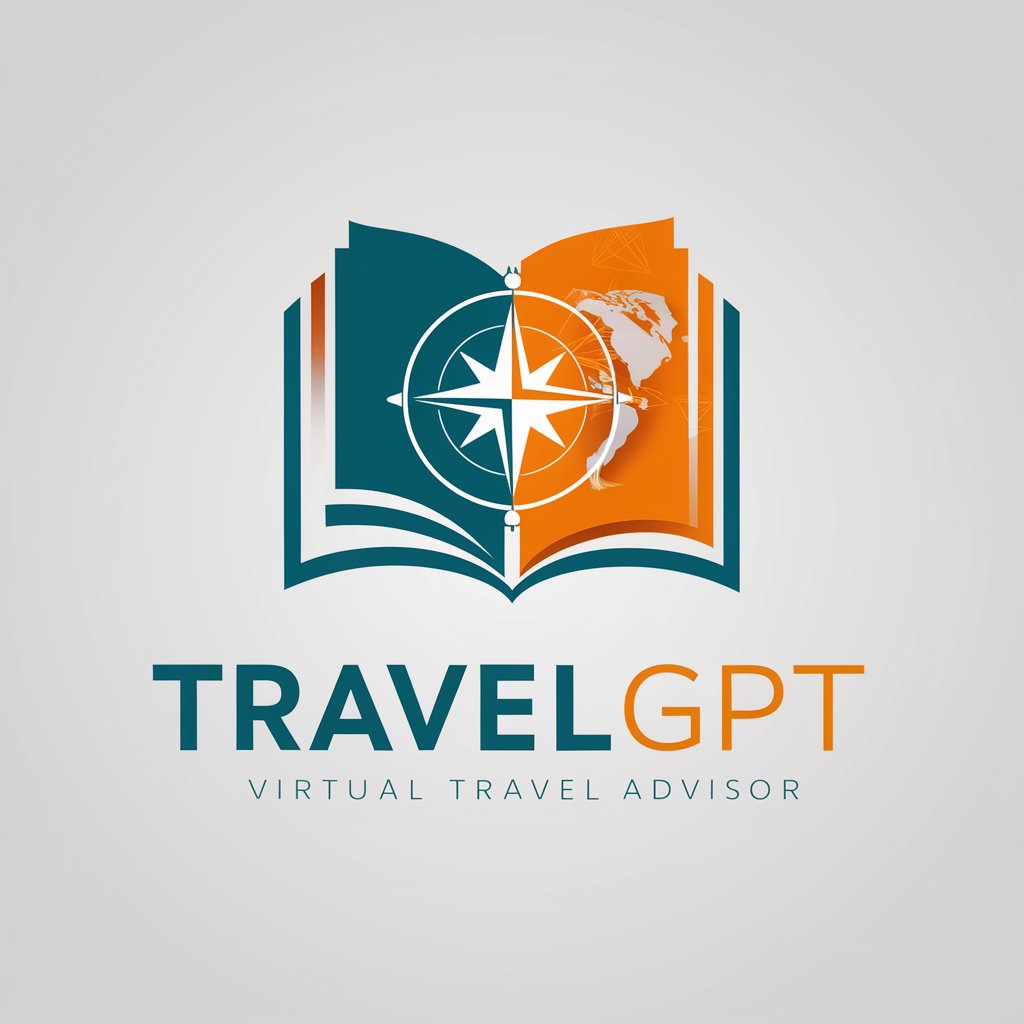
Travel Tales
Bringing Your Travel Stories to Life

Frequently Asked Questions About Enhanced World Peace Planner GPT
What is Enhanced World Peace Planner GPT?
It's an advanced AI tool designed to assist global leaders and policymakers in peace-building efforts by providing data analysis, scenario modeling, policy recommendations, and more, tailored to support the complexities of global peace initiatives.
Can it help in drafting peace treaties?
Yes, it can assist in drafting peace treaties by offering template suggestions, legal considerations, and cultural insights, ensuring that agreements are comprehensive, fair, and respectful of all parties involved.
How does it handle real-time data for conflict resolution?
The tool analyzes real-time data to provide up-to-the-minute insights on conflict dynamics, facilitating rapid response strategies and informed decision-making in crisis situations.
Is Enhanced World Peace Planner GPT accessible worldwide?
Absolutely, it's designed for global access, offering multi-language support and secure communication channels to ensure that peace-building efforts can be coordinated across different regions and cultures.
Can it predict humanitarian crises?
Yes, by integrating various data sources, it can forecast potential humanitarian crises, allowing for preemptive measures to mitigate impacts and coordinate aid effectively.
